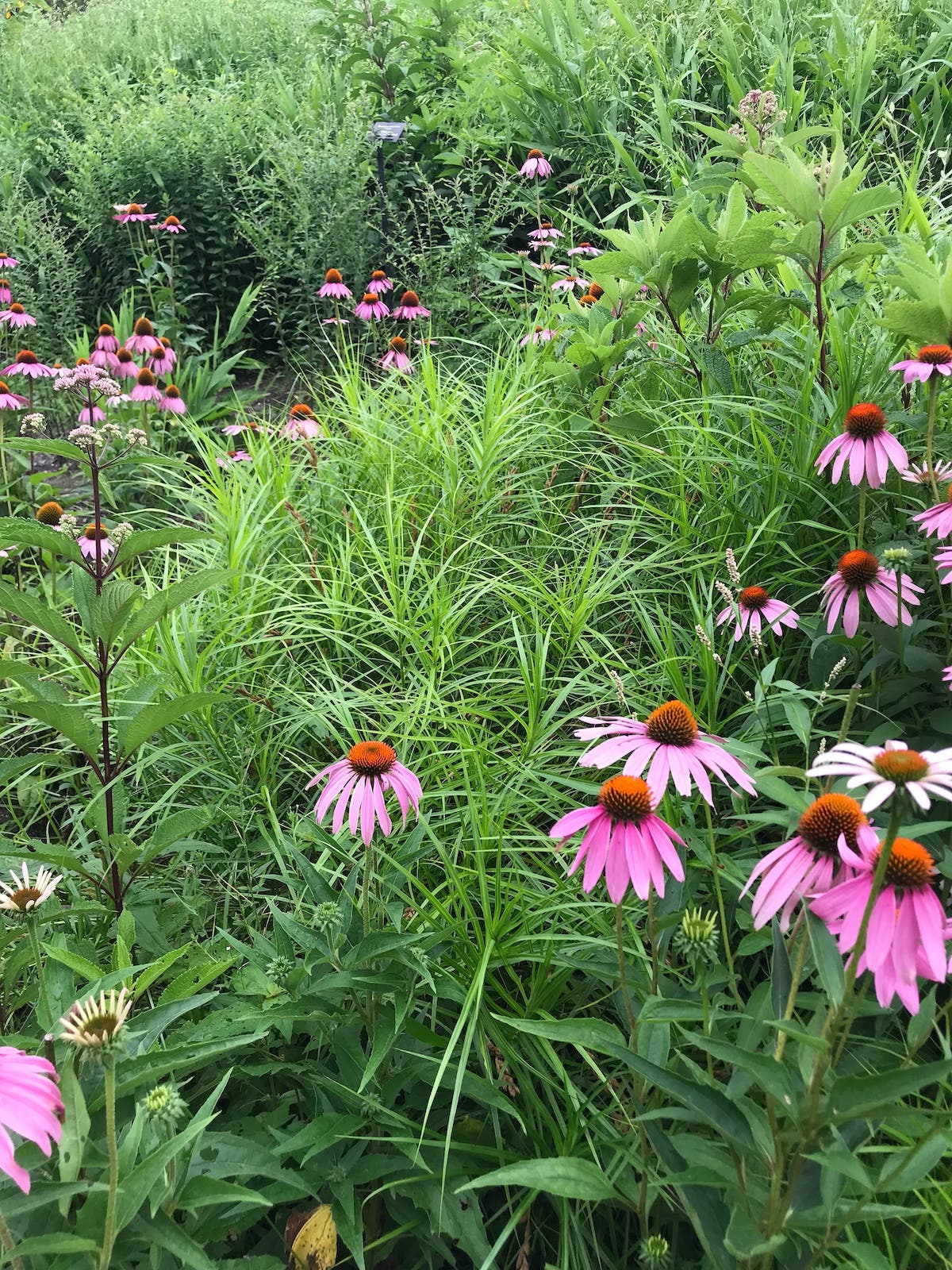Turk’s Cap, a Southern Native Plant with Unique Autumn Flowers
Hummingbirds love it.
Turk’s cap, a southern United States native perennial, is grown for its bright red flowers that appear from midsummer through autumn, with overlapping petals that clasp a long, protruding stamen. These attract butterflies and hummingbirds. This shrubby plant was named the Oklahoma Proven Perennial of the Year for 2023. (A program of Oklahoma State University, Oklahoma Proven seeks to promote plants that grow well across the state, where the weather varies from dry and windy to wet and humid.)
Common name: Turk's cap, wax mallow, manzanita
Botanical name: Malvaviscus arboreus var. drummondii
Exposure: Sun or shade; best in part shade
Flowers/fruits: Turk's cap flowers have a unique shape, with petals that swirl tightly around a long stamen. The two- to three-inch-long flowers are bright red and bloom from midsummer through the fall, feeding butterflies and hummingbirds. Dark red berries follow the flowers; these are edible, with an apple-like flavor. They attract birds.
Related: 3 tips for attracting hummingbirds.
Foliage: Medium green, rounded with a scalloped edge.
Habit: Upright and shrubby in shape, it reaches to two to four feet tall and slightly wider in the cooler parts of its growing range before dying back to the ground for winter. In the warmer areas, it remains evergreen and can approach 10 feet tall.
Origin: This species is native to central Texas and the southeastern United States, south through Mexico. It grows naturally on stream banks and at woodland edges.
How to grow it: Turk’s cap grows in sun or shade. It may produce more flowers in full sun, but its foliage can suffer, turning dark and developing a puckered texture. For the best foliage and good flowering, site in part sun. It needs regular water while getting established, but thereafter it can easily tolerate drought. USDA Zones 7–10.
Image credit: Renee Grayson/CC BY 2.0/Flickr.com







